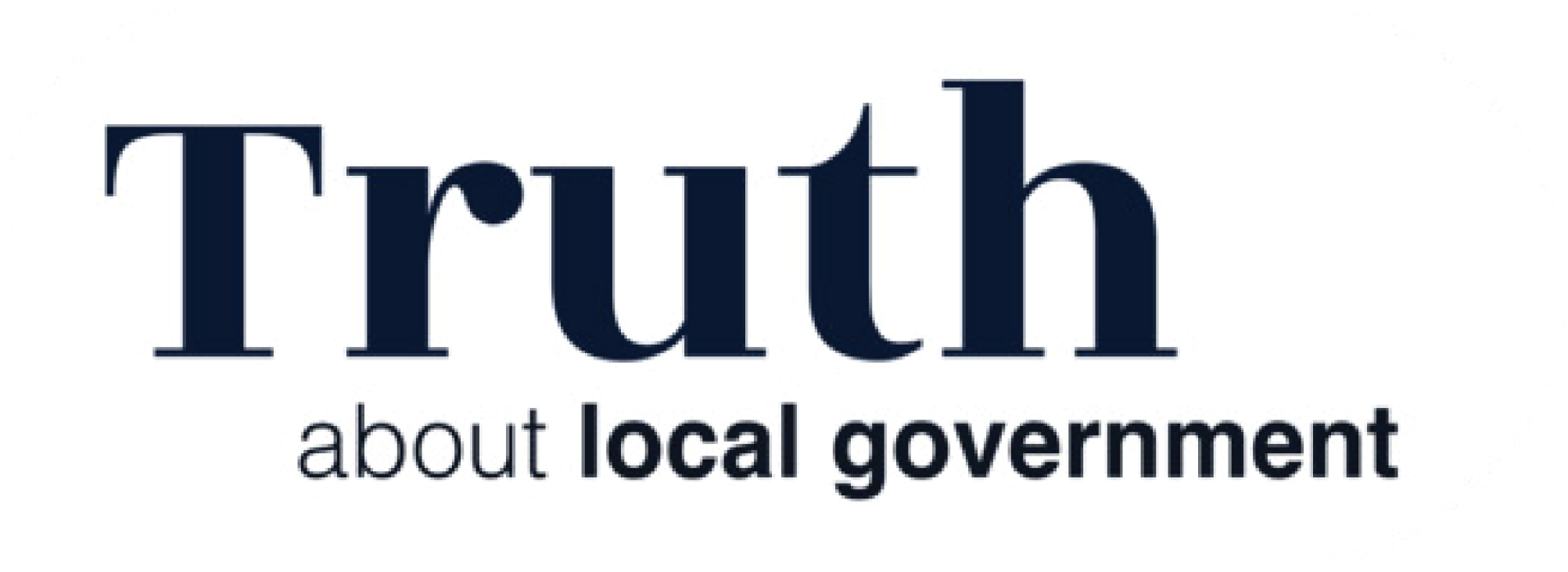Coaching Through Stimulating: Unlocking Human Potential in Local Government Leadership
- truthaboutlocalgov
- May 17
- 4 min read
In today’s dynamic public service environment, the role of a local government officer is evolving. Beyond managing operations and ensuring compliance, there is a growing need to lead with empathy, develop others, and foster innovation. One of the most powerful tools in this transformation is coaching—not as a formal process, but as a mindset and skillset that stimulates growth in others.
To coach effectively, especially in high-stakes, resource-constrained environments like local government, leaders can benefit from grounding their approach in scientific principles. This post explores three foundational theories—Associative Learning (Donald Hebb), Cognitive Dissonance (Leon Festinger), and Neuroplasticity (Michael Merzenich)—and how they can be applied to stimulate development in both the coach and the coachee.
1. Donald Hebb – Associative Learning: Building Stronger Neural Pathways

Theory Summary: Donald Hebb, a Canadian psychologist, proposed that learning is a result of the strengthening of connections between neurons that are activated together. His famous phrase, “neurons that fire together, wire together,” captures the essence of associative learning. When two experiences occur together repeatedly, the brain begins to link them, forming habits and expectations.
“Neurons that fire together, wire together.”
Application to Coaching: For a local government officer, this theory offers a powerful insight: repetition and reinforcement are key to behaviour change. Coaching becomes more effective when it helps individuals associate new behaviours with positive outcomes.
Reinforce Desired Behaviours: When an officer demonstrates a leadership behaviour—such as delegating effectively or giving constructive feedback—acknowledge it immediately. This positive reinforcement strengthens the neural pathways associated with that behaviour.
Use Real-Life Scenarios: Abstract concepts like “strategic thinking” or “emotional intelligence” can be hard to grasp. By linking these ideas to real challenges (e.g., managing a community conflict or leading a cross-departmental project), the coach helps the coachee form meaningful associations.
Encourage Practice and Reflection: Repetition is essential. Encourage officers to practise new skills regularly and reflect on their experiences. This not only deepens learning but also helps embed new habits.
2. Leon Festinger – Cognitive Dissonance: The Power of Inner Conflict

Theory Summary: Leon Festinger’s theory of Cognitive Dissonance suggests that people experience psychological discomfort when they hold two or more conflicting beliefs, values, or behaviours. This discomfort motivates them to resolve the inconsistency—either by changing their beliefs or modifying their behaviour.
“The existence of dissonance, being psychologically uncomfortable, will motivate the person to try to reduce the dissonance and achieve consonance. When dissonance is present, in addition to trying to reduce it, the person will actively avoid situations and information which would likely increase the dissonance.” — Leon Festinger
Application to Coaching: This theory is particularly useful for stimulating self-awareness and growth. A skilled coach can use dissonance to help individuals confront contradictions in their thinking or actions.
Surface Inconsistencies: For example, an officer may value transparency but avoid difficult conversations with their team. A coach might ask, “How does avoiding that conversation align with your value of openness?” This question creates a moment of reflection and potential change.
Create a Safe Space for Discomfort: Change is uncomfortable. Coaching should provide a supportive environment where officers can explore their discomfort without fear of judgement.
Guide Through the Resolution Process: Help the coachee identify small, manageable steps to align their actions with their values. This not only reduces dissonance but also builds confidence and integrity.
3. Michael Merzenich – Neuroplasticity: The Brain’s Capacity to Change

Theory Summary: Michael Merzenich, a leading neuroscientist, demonstrated that the brain is plastic—capable of reorganising itself by forming new neural connections throughout life. This concept of neuroplasticity overturns the old belief that the brain’s structure is fixed after childhood.
“Your brain—every brain—is a work in progress. It is ‘plastic.’ From the day we’re born to the day we die, it continuously revises and remodels, improving or slowly declining, as a function of how we use it.” — Michael Merzenich
Application to Coaching: This theory is incredibly empowering for leaders and coaches. It means that anyone can learn, adapt, and grow, regardless of age or experience.
Promote a Growth Mindset: Emphasise that leadership is not a fixed trait but a set of skills that can be developed. This encourages officers to embrace challenges and persist through setbacks.
Design Stretch Assignments: Encourage officers to take on tasks that push them beyond their comfort zones—such as leading a new initiative or mentoring a junior colleague. These experiences stimulate new neural pathways and accelerate learning.
Model Adaptive Thinking: As a coach, demonstrate flexibility and curiosity. Share your own learning journey and how you’ve adapted over time. This normalises growth and inspires others to do the same.
Integrating the Theories: A Stimulating Coaching Framework
By weaving together these three theories, local government officers can adopt a stimulating coaching approach that is both scientifically grounded and practically effective:
Theory | Coaching Strategy | Outcome |
Associative Learning | Reinforce behaviours through repetition and relevance | Builds strong leadership habits |
Cognitive Dissonance | Surface and resolve internal conflicts | Promotes self-awareness and alignment |
Neuroplasticity | Encourage challenge and adaptability | Fosters continuous growth and resilience |
This integrated approach helps leaders not only manage people but develop them into future leaders—a critical need in the public sector where succession planning and institutional knowledge are vital.
Conclusion: Coaching as a Catalyst for Public Sector Transformation
Coaching, when done well, is not just a tool—it’s a catalyst for transformation. By understanding how the brain learns, adapts, and resolves internal conflict, local government officers can become more effective coaches and more inspiring leaders.
In a world where public expectations are rising and resources are limited, the ability to stimulate growth in others is a superpower. And like all superpowers, it can be learned, practised, and mastered.



